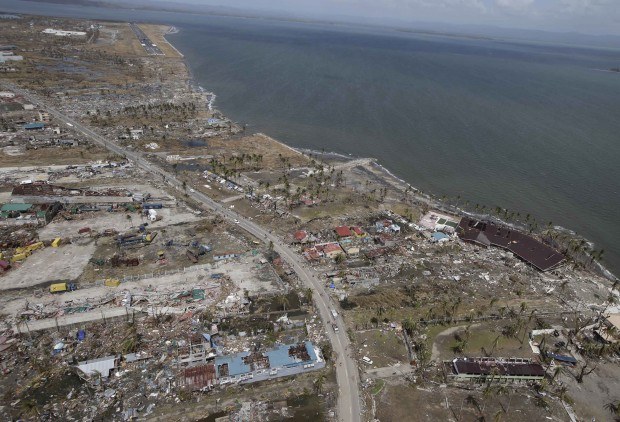Asia is facing increased exposure to windstorm risks and is projected to be home to eight of the top 10 most exposed cities by 2070, according to a new risk bulletin by Allianz Global Corporate & Specialty. Exacerbating the problem is the low take-up rate of insurance in the area, AGCS noted.
AGCS released the risk bulletin, “Hurricane Katrina 10: Catastrophe Management and Global Windstorm Peril Review,” to mark the 10-year anniversary of Katrina—the largest-ever windstorm loss and the costliest disaster in the history of the global insurance industry, causing $125 billion in overall damages and $60 billion in insured losses.
Windstorm losses account for approximately 40 percent of all global natural hazard losses by number of claims and 26 percent by value, AGCS said in the bulletin. And the severity of losses from weather events is increasing, windstorms included. Insurers paid an average of $15 billion a year for extreme weather events between 1980 and 1989, according to AGCS. This rose to an average of $70 billion a year for 2010-2013.
In 2005, the top 10 cities in terms of assets exposed to coastal flooding from storm surge and damage due to high winds were Miami, Greater New York, New Orleans, Osaka-Kobe, Tokyo, Amsterdam, Rotterdam, Nagoya, Tampa-St Petersburg and Virginia Beach, according to a global screening study by the OECD. These cities contained 60 percent of the total windstorm exposure.
- Miami—3,513
- Guangzhou—3,358
- New York – Newark—2,147
- Kolkata (Calcutta)—1,961
- Shanghai—1,771
- Mumbai—1,598
- Tianjin—1,231
- Tokyo—1,207
- Hong Kong—1,164
- Bangkok—1,118
Source: OECD
The study’s projection for 2070 looks quite different, with Asian cities accounting for 80 percent of the top 10 exposed locations (see text box).
AGCS said population growth, socio-economic growth and urbanization are the most important drivers of the overall increase in exposure. The bulletin noted that in 1950 there were just two conurbations of at least 10 million people: New York and Tokyo. Today, there are 28—15 of them in Asia—and statistics forecast that the population in Asia is set to double by 2050, particularly in urban coastal areas.
The situation is exacerbated by the fact that growth of exposures is far outpacing take-up of insurance coverage, resulting in a growing gap in natural catastrophe preparedness and response, AGCS said. For example, Haiyan was the costliest tropical storm event in Asia in the past 35 years, with overall losses of $10.5 billion; however, only approximately $700 million of the losses were insured.





















 Is the AI Boom a Bubble Waiting to Pop? Here’s What History Says
Is the AI Boom a Bubble Waiting to Pop? Here’s What History Says  Executives on the Move at Liberty Mutual, Cowbell, W. R. Berkley
Executives on the Move at Liberty Mutual, Cowbell, W. R. Berkley  Slideshow: Carrier Management’s 2025 Top Editor’s Picks (Unlocked)
Slideshow: Carrier Management’s 2025 Top Editor’s Picks (Unlocked)  Why ‘Good Enough’ Is Killing Insurance: The Hidden Cost of Satisficing
Why ‘Good Enough’ Is Killing Insurance: The Hidden Cost of Satisficing 






